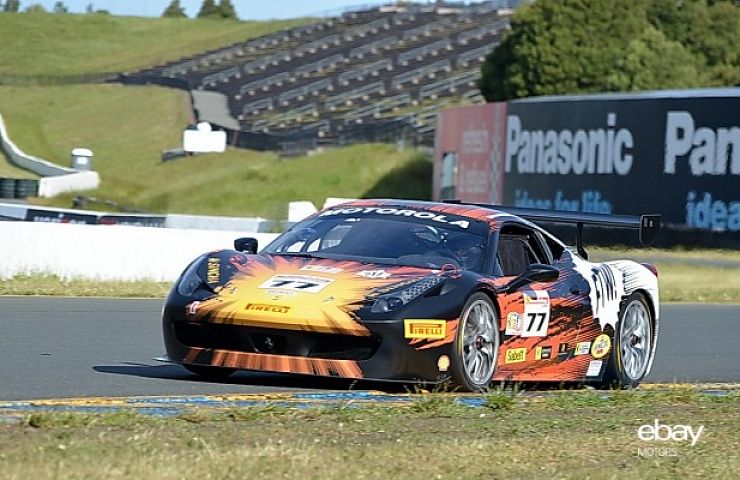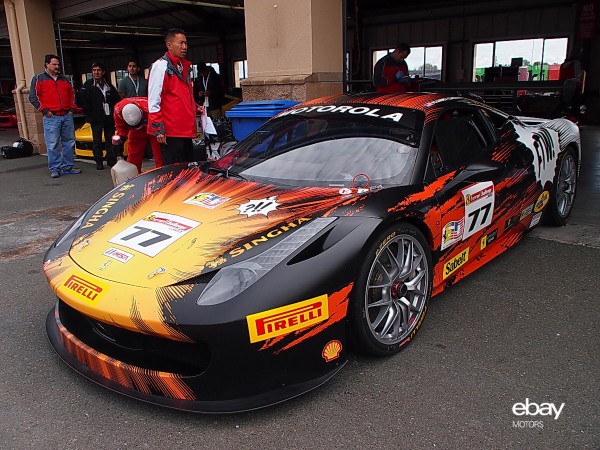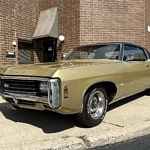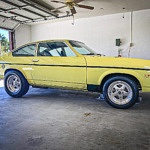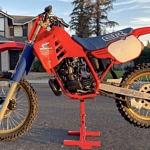Silicon Valley Entrepreneur Finds Himself at Home Behind Wheel of Ferrari 458
The Ferrari Challenge is a race series that sets a stage in which private Ferrari owners compete against other Ferrari owners in a spec series race on some of the world’s greatest tracks. Since this is a spec-series, all participants use their own race prepared Ferrari 458 Challenge EVO car outfitted with the same 562 hp 4.5-liter V8 motor and Pirelli P Zero tires.
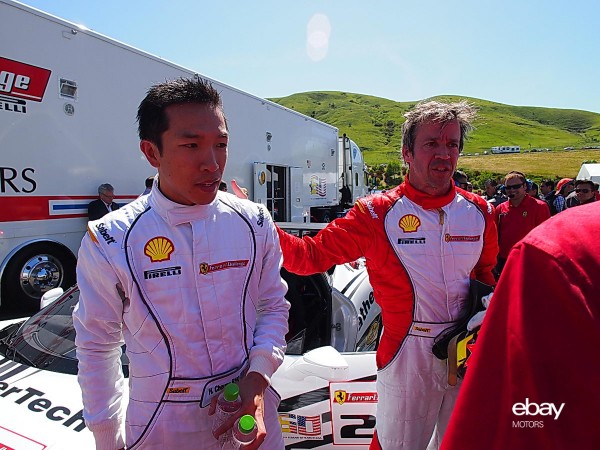
Mark McKenzie (1st place, Race 1) congratulates Harry on his 2nd place finish
A young driver, who is also famously known as one of the first ten employees of Google, caught our attention in the paddock and on the track at Sonoma Raceway. Harry Cheung had qualified second in the P2 position and was looking confident after crashing out at the season opener races in Daytona. For Race 1 on Saturday, Harry ran a clean race, uncontested, and finished in the same place as he started on lap 1. A podium finish on any race day is a good day.
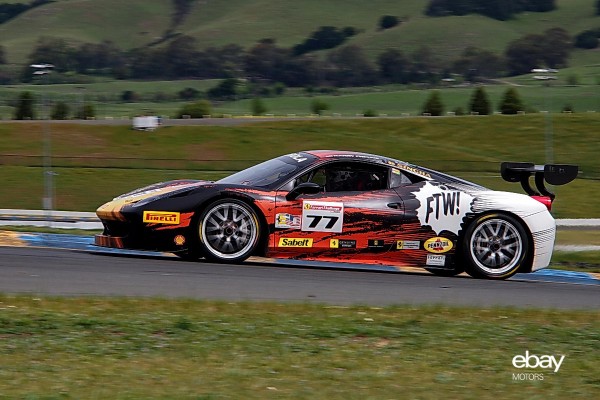
Harry Cheung, Ferrari of Beverly Hills no. 77
Race 2 on Sunday saw Cheung lead from pole position, pulling away from the Trofeo Pirelli group and overall field . However, Cheung’s race would come to an end prematurely when he was run off track by lapped traffic, causing suspension damage that would force him to retire from the race.
This is Harry’s sixth full season running the Ferrari Challenge series and driving for Ferrari of Beverly Hills as one of four team members. You can also find Harry racing Global Rallycross Lites. 2014 will be his second year running GRC Lites. Before learning the success and trials of racing Ferraris and Rallycross, Harry spent one full season racing Formula 2000 in the Skip Barber race series.

Harry celebrates his podium finish with his son
About the 458 Challenge Race Car
Even though this is a spec series race where everyone participating uses the same car, the same 562 hp 4.5-liter V-8 motor, and same Pirelli P Zero tires. If you can imagine the Ferrari 458 Challenge race car without its wild race graphics, there isn’t much separating the race version from the street version. Weight reduction is achieved by using thinner body panels and carbon fiber where applicable; polycarbonate windows and windshield are used instead of glass for safety reasons. Extra downforce and better aerodynamics are achieved with an adjustable rear wing and front splitter. Lap times at Sonoma Raceway proved to be 2 seconds faster after the additional pieces were added compared to previous years.
Photo credit: Norman Woo

